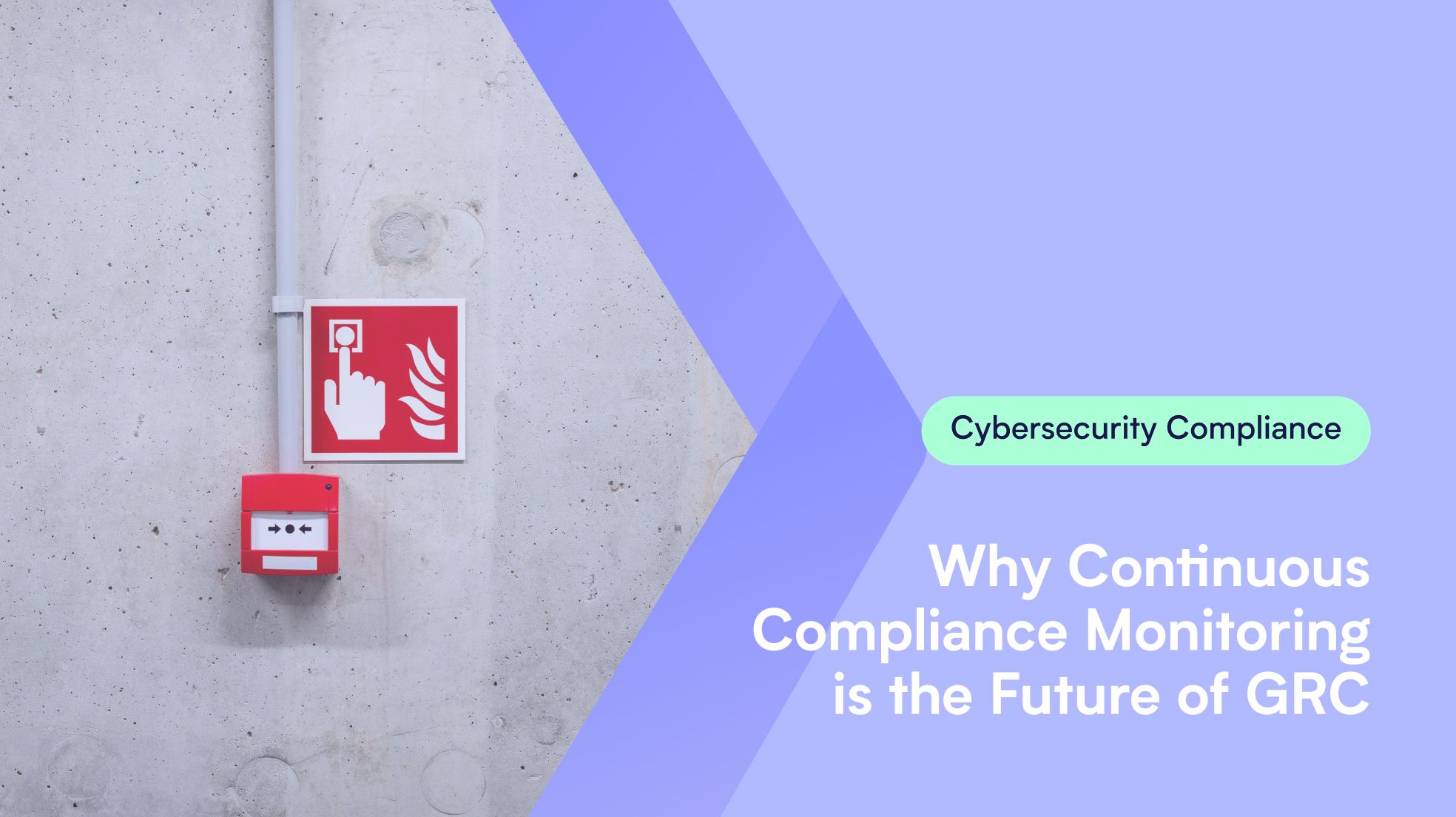Fostering a Cyber-Aware Culture: Best Practices for CISOs


The role of an Enterprise Chief Information Security Officer (CISO) includes creating and maintaining a culture of cybersecurity awareness across the organization. Building this culture is essential, as the human element often remains the weakest link in an Enterprise’s security posture. CISOs must go beyond deploying technical solutions and implement strategies that foster a proactive and vigilant security mindset among all employees.
The Strategic Importance of a Cyber-Aware Culture
For enterprise CISOs, fostering a cyber-aware culture is not just about compliance or ticking a checkbox; it’s a strategic initiative that aligns with business goals. Organizations today face increasingly sophisticated threats, from phishing and social engineering to advanced persistent threats (APTs) and ransomware. Despite investments in technology, many breaches still occur due to human error or negligence. A well-established culture of cybersecurity awareness mitigates these risks and enhances overall resilience.
A strong cyber-aware culture also builds trust with stakeholders, customers, and partners. It demonstrates that the organization takes security seriously, which can be a competitive differentiator, especially in industries where data protection is critical. Furthermore, when employees are engaged and knowledgeable about cybersecurity, they are better equipped to respond swiftly and effectively during incidents, minimizing potential damage.
Best Practices for Building a Cyber-Aware Culture
The following best practices provide a framework for CISOs to create and sustain a security-conscious workforce:
a. Executive Engagement and Leadership Support
Building a cyber-aware culture begins at the top. Executive leadership must not only support but also actively champion cybersecurity initiatives. When executives demonstrate a commitment to security, it sets a tone that permeates the entire organization. CISOs should work closely with senior leadership to:
- Align Security Goals with Business Objectives: Ensure that cybersecurity is positioned as a business enabler rather than a roadblock. By aligning security goals with business outcomes—such as protecting customer data or ensuring uninterrupted service delivery—CISOs can secure executive buy-in and demonstrate the value of a security-first culture.
- Create a Visible Executive Presence in Security Initiatives: Executives should participate in cybersecurity awareness campaigns, town halls, and training sessions. When employees see leaders engaged, they are more likely to view security as a priority and feel motivated to follow suit.
b. Comprehensive and Role-Based Training Programs
Generic, one-size-fits-all training programs often fall short in creating a meaningful impact. CISOs must design and implement comprehensive training programs tailored to the specific roles and responsibilities of employees across the organization. Key components include:
- Onboarding Programs: New employees are often the most vulnerable to cyber threats. An onboarding program that includes an introduction to the company’s cybersecurity policies, best practices, and common threats helps set expectations early and builds a foundation for ongoing awareness.
- Role-Specific Training: Different roles come with different risks. For example, finance teams should be trained to recognize phishing attempts targeting wire transfers, while software developers need guidance on secure coding practices. CISOs should work with business units to design targeted training modules that address the specific risks and responsibilities of each team.
- Simulated Phishing Exercises: Regular phishing simulations test employees’ ability to recognize and respond to phishing attempts. These exercises provide valuable insights into vulnerabilities within the organization and can be used as teachable moments, reinforcing best practices and helping employees learn from mistakes.
c. Regular Communication and Awareness Campaigns
Sustaining a cyber-aware culture requires continuous reinforcement. CISOs should implement ongoing communication strategies that keep cybersecurity top of mind for employees. Effective tactics include:
- Cybersecurity Champions Program: Identify and train security ambassadors within different departments who can act as liaisons between the security team and their colleagues. These champions promote awareness, provide guidance, and encourage best practices, making cybersecurity more approachable and integrated into daily activities.
- Interactive and Engaging Content: Traditional, lecture-style content can be ineffective. Instead, CISOs should incorporate interactive elements like quizzes, videos, and gamification to engage employees actively. For example, hosting a company-wide “cybersecurity week” with challenges, competitions, and rewards can boost engagement and knowledge retention.
d. Establishing Clear and Concise Policies and Protocols
Clear, concise policies are essential for guiding employee behavior and setting expectations. CISOs should ensure that cybersecurity policies are:
- Accessible and Understandable: Avoid technical jargon and create user-friendly documents that clearly outline what employees should do to stay secure. Provide visual aids, FAQs, and infographics to simplify complex topics.
- Regularly Reviewed and Updated: Cyber threats and business processes change frequently. Policies should be reviewed at least annually—or whenever a significant event occurs—to ensure they remain relevant and effective.
e. Technology as an Enabler, Not a Crutch
While fostering a cyber-aware culture is primarily about people, technology still plays a crucial role in enabling and reinforcing good practices. CISOs should leverage technology to:
- Implement User-Friendly Security Tools: When employees find security tools easy to use, they are more likely to adopt them. Complyance clients frequently report an uptick in engagement from control owners, policy owners, and risk owners after implementing the Complyance platform, which they credit to good UI and a user-friendly experience.
- Automate Wherever Possible: Automated systems that monitor for suspicious activity and provide real-time alerts can help mitigate risks associated with human error. For example, email filtering systems that detect and block phishing attempts reduce the chances of employees interacting with malicious content. Automated monitoring of security controls can help alert Security teams when a compliance check is failing, before an adverse event materializes.
Measuring and Sustaining a Cyber-Aware Culture
Creating a cyber-aware culture is not a one-time effort; it requires continuous improvement and monitoring. CISOs should establish metrics to measure the effectiveness of their efforts and adjust strategies as needed. Key performance indicators (KPIs) might include:
- Phishing Simulation Success Rates: Track the percentage of employees who identify and report simulated phishing emails. A steady improvement in these numbers indicates that training is effective.
- Incident Response Times: Measure how quickly employees report suspicious activity and how promptly the security team responds. Reduced response times suggest that employees are more vigilant and prepared to act.
- Engagement Rates in Training Programs: Monitor participation levels in cybersecurity training and awareness activities. High engagement rates indicate that employees are interested and invested in maintaining a secure environment.
CISOs should also solicit feedback through surveys and focus groups to understand what aspects of the program are working and where improvements can be made. By staying responsive to employee needs and continuously refining their approach, CISOs can sustain and enhance the cyber-aware culture over time.
The long-term benefits of a cyber-aware culture extend beyond risk reduction. It builds a foundation of trust, supports business continuity, and enhances the organization’s reputation. For Enterprise CISOs, the goal is not only to mitigate risks but to empower every employee to become a proactive participant in the company’s cybersecurity efforts. By doing so, CISOs can ensure that their organizations remain resilient, secure, and capable of thriving in a dynamic threat landscape.







